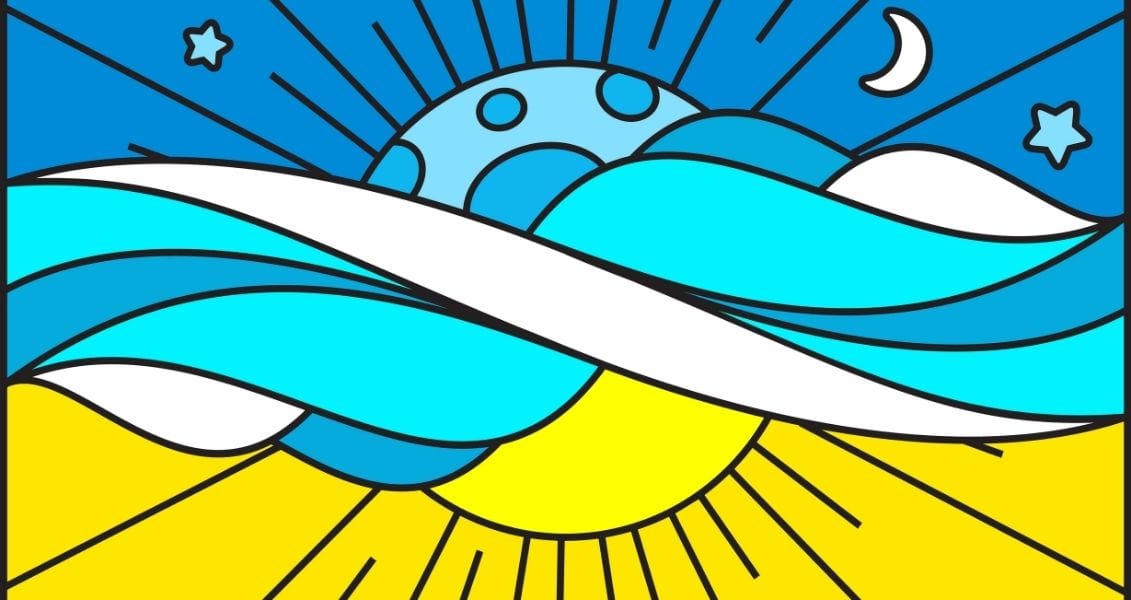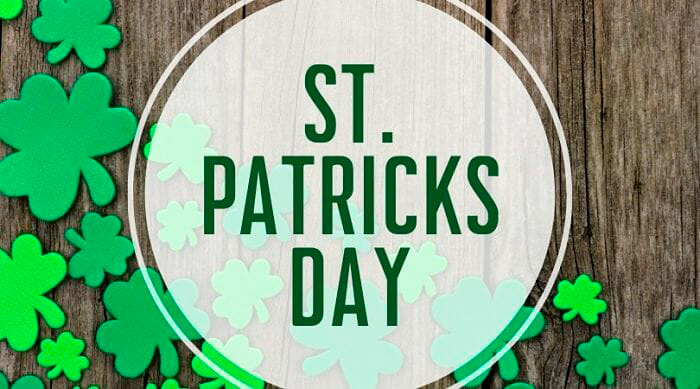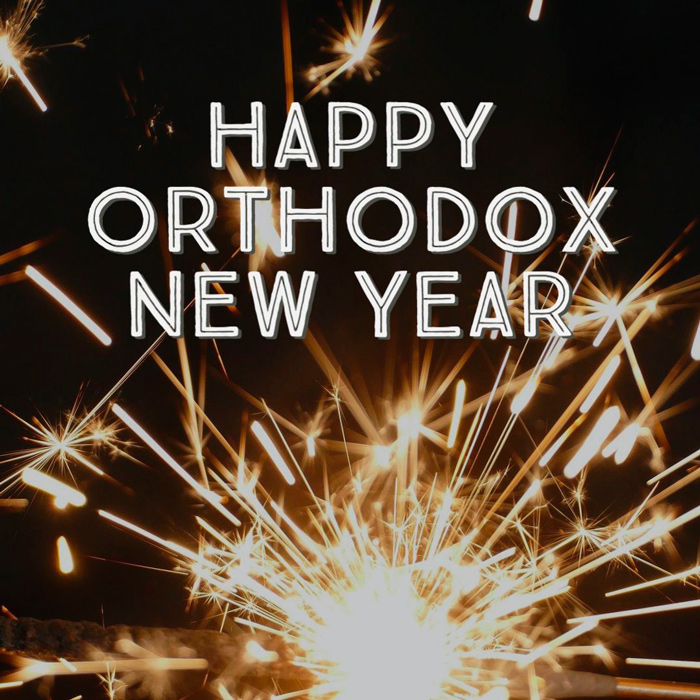The day of the autumnal equinox
What day is it?
As the sun climbs lower in the sky and the evenings and mornings grow cooler and darker, we realize that the energy of summer is ending. For some, the first month of autumn is a favorite romantic time, and for some, the anticipation of the cold brings a slight sadness, although there are still many warm days ahead. People have been celebrating in September since ancient times The day of the autumnal equinox, which coincides with the joyous time of harvest. The autumnal equinox is an astronomical phenomenon when day and night around the world divide the day in half, balancing the balance of light and darkness, and the Sun crosses the celestial equator in the direction from north to south. In 2022, the autumnal equinox, and therefore astronomical autumn, will come for us on September 22.
How did the idea of celebrating the autumnal equinox come about?
The changes of the seasons are key points in the life cycle of nature, so ancient cultures understood them much more than just the arrival of the next season. Throughout history, people celebrated the equinoxes twice a year — spring and autumn. Perhaps, this event was the most spectacular and effective for the ancient Mayans, who built the world-famous El Castillo step pyramid – during the equinox, those present had the impression that a fiery snake was running down the stairs.
The day of the autumnal equinox in mythology
In ancient Greek mythology, the September equinox symbolizes the story of the goddess Persephone, the daughter of the harvest goddess Demeter. Persephone was kidnapped by the god Hades and taken to the underworld to marry her. Since Demeter was the goddess of fertility, her sadness led to crop failures and famine. Zeus forced Hades to return his daughter Demeter, but only for nine months of the year. Every autumn, Persephone returns to the underworld to spend three months with Hades, while Demeter refuses to fulfill her divine duties of growing plants – so people do not grow or harvest anything during the cold season.
In Celtic pagan mythology, the autumnal equinox was called Mabon or the “second harvest” festival. People thanked the gods for the summer, made sacrifices to them and tried to appease the coming winter by building altars of fruits and vegetables. Immigrants from Europe brought the harvest festival with them to the new country – the USA, where it became the basis of the modern American Thanksgiving Day.
Christian Church VS Pagan times
The Christian church replaced many pagan customs with new rites. For example, the closest Catholic church holiday to the autumnal equinox was the Day of St. Michael and All Angels, which in ancient times also had a business significance – on this day, servants were paid wages for harvesting, and temporary workers began to look for new vacancies at the fairs, which at the same time were a place folk festivities
In the Eastern Orthodox churches, on the eve of the autumnal equinox, the holiday of the Nativity of the Most Holy Theotokos or the Second Most Pure occurs. In pagan times, it was a holiday of the goddess Rozhanytsia, the patroness of pregnant women, young mothers and young children. On the Day of the Blessed Virgin Mary, our ancestors began preparations for winter — they insulated beehives in apiaries, harvested viburnum berries for the winter, and carried out the last collection of medicinal herbs. The matchmaking season also began from this day.
Modern Druids gather at Stonehenge every spring and fall to watch the sunrise on the day of the equinox. As for other adherents of pagan beliefs, for them it is a period of thanksgiving for a rich harvest and the beginning of preparation for the cold season.
Buddhists believe that during the equinox, the barrier between the material and subtle worlds loses its usual density, so they use this period to pray for deceased relatives and visit their graves. It is also a favorable time for meditation and meetings with relatives.
Moon Festival in China
In China, back in the days of the Zhou dynasty, on the days of the equinox, the rulers made sacrifices – to the Sun in the spring, and to the Moon in the fall. During the period of the first full moon after the autumnal equinox, the Chinese celebrate the Moon Festival or the Mid-Autumn Festival. People bake special cakes in the shape of a full moon, which symbolize unification. Cakes are exchanged with relatives and friends, parties are arranged and large-scale festivals are held, and in the evenings, under the moonlight, tables are set in the gardens, candles are necessarily lit and prayers are prayed to the moon goddess.
Thanksgiving in Korea
In Korea, Chuseok, or Korean Thanksgiving, is celebrated for three days during the autumn equinox. Korean families go to their hometowns and gather in the homes of family elders. They sit down at the festive table with traditional dishes in national clothes to pay respect to all their ancestors.
Native American tribes (USA)
Native American tribes in the US also have their own fall equinox traditions — they thank the earth goddess for the harvest and bring gifts to the tribal leader — usually acorns and seeds. In addition to a sign of respect, gifts also symbolize the renewal of social relations in the community.
The autumnal equinox has not lost its esoteric meaning until now, especially for those engaged in spiritual practices. In their opinion, this event corresponds to certain stones that are able to balance a person’s inner world and his relationship with those around him. It is topaz, which symbolizes creativity, ruby, which is responsible for vital energy, and amber, which absorbs negativity and relieves stress. Also, this day is considered favorable for various fortune-telling, and dreams often bring important information.
The autumnal equinox in history
-
1793 – 1805The Autumnal Equinox was the official start of each new year in the French Republican calendar, since the French monarchy was overthrown by the Revolution of 1792 on the eve of the Autumnal Equinox.
-
1913On the day of the September equinox, the French pilot Roland Garros crossed the Mediterranean Sea for the first time.
-
1949The day of the autumnal equinox was marked by the news of the test of the first Soviet atomic bomb.
-
1983In the book “Acorn” by the Ukrainian poet Pavlo Movchan, the poem “Autumn Equinox” is printed, the main theme of which is this natural phenomenon.
-
2001An ancient megalithic structure almost 4 thousand years old was found near the city of Kumanovo in Macedonia. Researchers are sure that this is an astronomical observatory, which in particular could be used to observe the phenomenon of the equinoxes.
Frequent Questions and answers on the Autumnal Equinox
At the equinox, the Earth’s axis is absolutely vertical in relation to the Sun, so both poles receive the same amount of sunlight. Theoretically, this means that night and day are the same in duration, but only in airless space, and in the Earth’s atmosphere, which refracts the sun’s rays, we see the sunrise 2-3 minutes earlier, so the light time of the day actually lasts a little longer than the dark. .
Yes, very rarely this astronomical phenomenon falls on September 21 or 24. On September 21, the equinox has not occurred for several millennia, but in the 21st century it will occur twice – in 2092 and 2096. The last equinox on September 24 was in 1931, and the next one is expected in 2303.
This full moon is special in an astronomical sense – it rises almost immediately after sunset, so the evenings are very bright. Thanks to the bright moonlight, farmers can harvest in the fields even in the evenings, hence the name “Harvest Moon”.
Such a country is Japan, where since 1948 the Autumnal Equinox has been declared a national holiday. Until then, it was a religious holiday associated with Shintoism and Buddhism, when people honored Japanese emperors and thanked the gods for the harvest. In 1948, the country’s authorities removed the religious component from the concept of the event, and since then, for the Japanese, it is a day of commemoration of deceased relatives, visits to cemeteries and family dinners in honor of ancestors.
The people believed that warm and dry weather on the Autumnal Equinox portends a warm winter, and if on this day the cranes fly away in a whirlwind, they expected an early and cold winter. The yellow leaves on the rowan trees and on the shore also indicated the severe cold, but the large number of oak acorns meant deep snow for the Christmas holidays.
How to celebrate the autumnal equinox?
On this day, it is worth following the ancient customs of our ancestors, that is, mentally thanking God or the Universe for everything we have – from food on the table to warm relationships with loved ones. A small impromptu ritual can be performed by lighting a candle and recalling the events of the first three quarters of the year in terms of the balance of light and darkness that underlies the equinox.
Esotericists recommend dedicating at least half an hour to the events of the autumnal equinox — 15 minutes before the exact moment of its onset and 15 minutes after. At this time, it is better to go out into the fresh air, sit quietly on the ground and open your mind and feelings to the surrounding nature, especially since it puts on a real color show for us, changing the color of the leaves on the trees from green to gold and red.
It is nice to gather friends for a party on this day, preparing dishes from seasonal products, because there is no shortage of fresh vegetables. Pumpkin dishes will be very appropriate – the color of this fruit alone lifts the mood, besides, it has a universal taste and is suitable both for meat dishes and as an ingredient for dessert.
For those in the high latitudes of the Northern Hemisphere, the fall equinox increases the chances of seeing the Northern Lights, as according to NASA, the equinox is the most favorable time for this spectacular phenomenon, because the Earth’s geomagnetic activity is much higher during the off-season than in summer or winter.
Why do we love this day?
The beginning of astronomical autumn is the time when the harvest, in which a lot of work has been invested, has already been harvested. Whether it is a real harvest from the garden or the harvest of our intentions and efforts, the essence of the event means the end of an active period in life and the conclusion of certain results.
Nature slows down its rhythms, the trees drop their leaves, as if something unnecessary for the time being. Something similar happens with people as well – as we steadily approach the end of the year, we subconsciously make room for what should happen in the future and discard everything superfluous to collect the remnants of our energy. Without peace and rest, there is no rebirth – therefore, this time is necessary not only for nature, but also for people. Therefore, we gradually enter a creative, but not too active state, when we want to listen to our inner voice more than usual.
But in addition to the spiritual meaning, the autumnal equinox is characterized by quite material advantages, for example, a large number of delicious seasonal fruits and vegetables – which only apples of autumn varieties are worth. For lovers of rest in the “velvet season” the long-awaited days at the sea are coming, and in general we all enjoy the soft, calm warmth of the “ladies’ summer”. Also, another fashion season begins in autumn, it is the time of film festivals, the opening of Oktoberfest and many other interesting things, thanks to which it is impossible not to love the Autumnal Equinox.
When will we celebrate the Autumnal Equinox??
| Year | Date | Weekday |
|---|---|---|
| 2021 | September 22 | Wednesday |
| 2022 | September 22 | Friday |
| 2023 | September 22 | Saturday |
| 2024 | September 22 | Sunday |
| 2025 | September 22 | Monday |



































